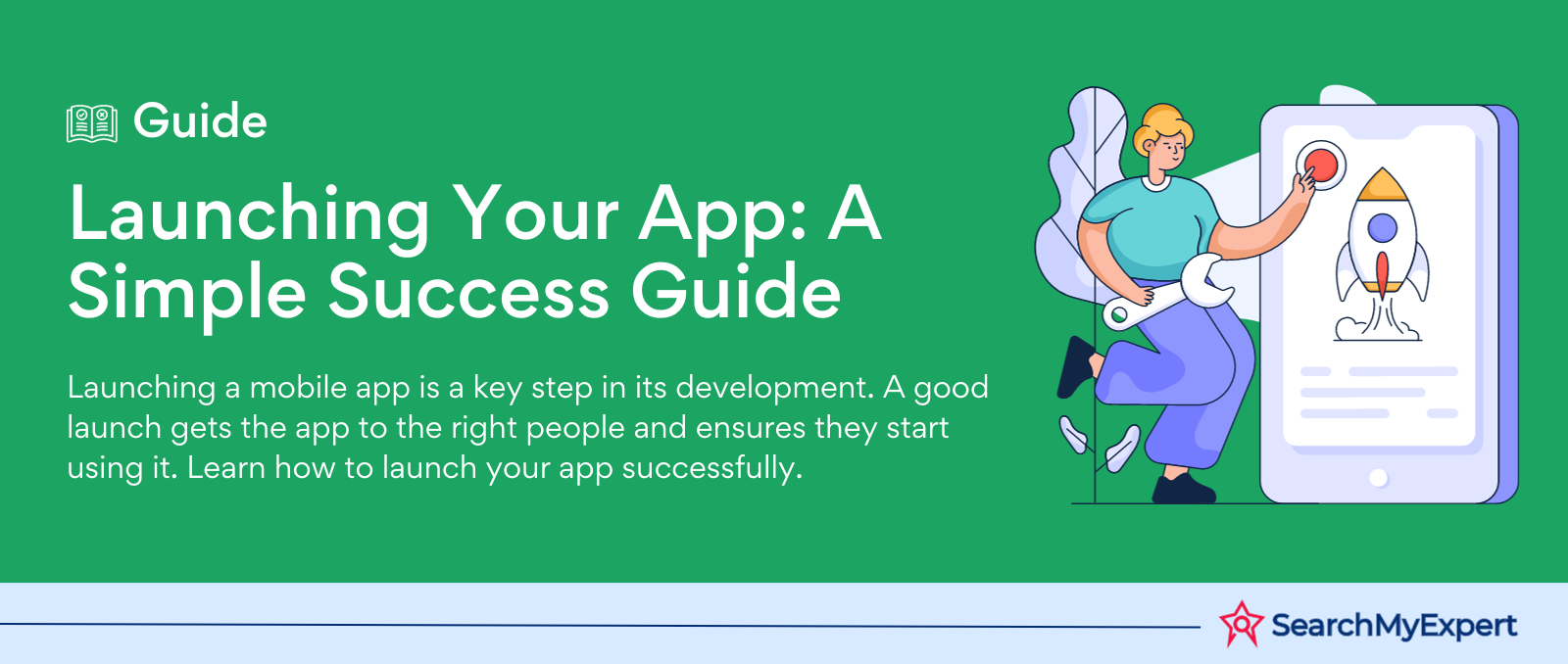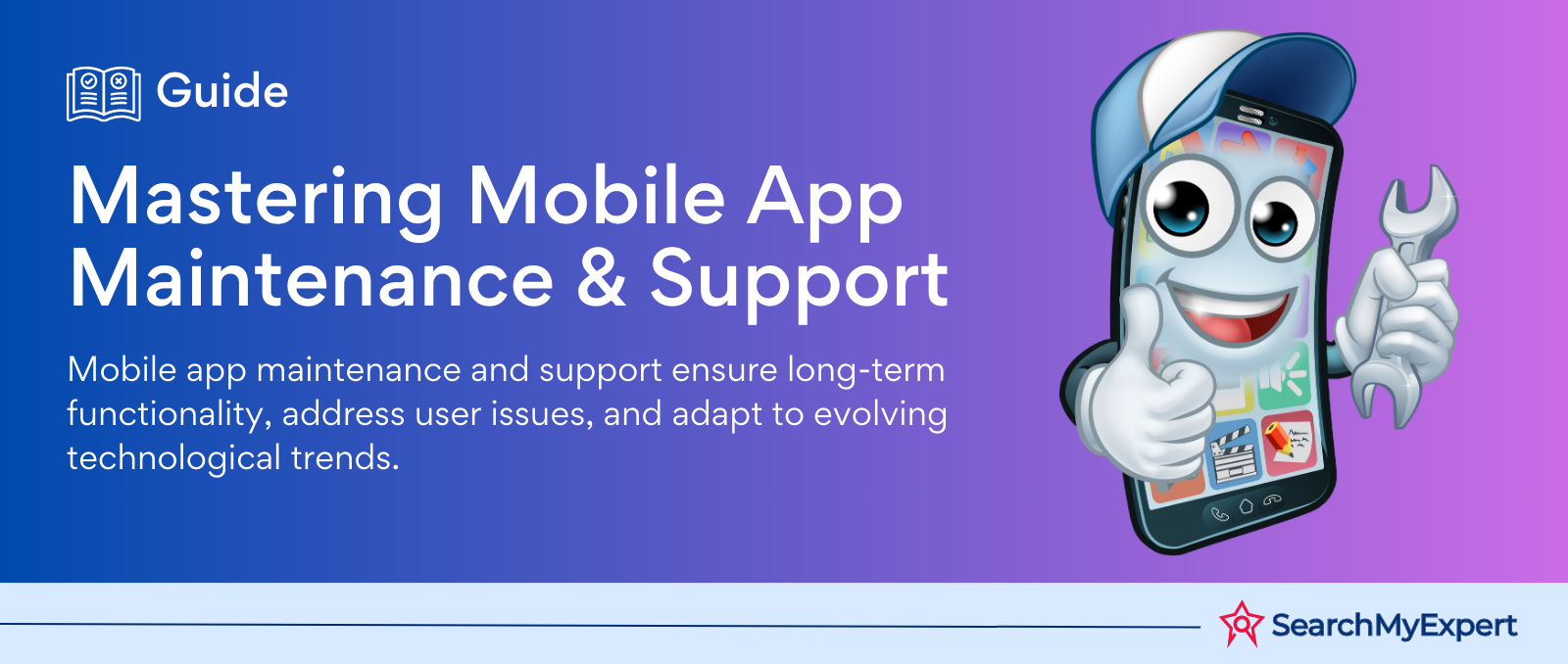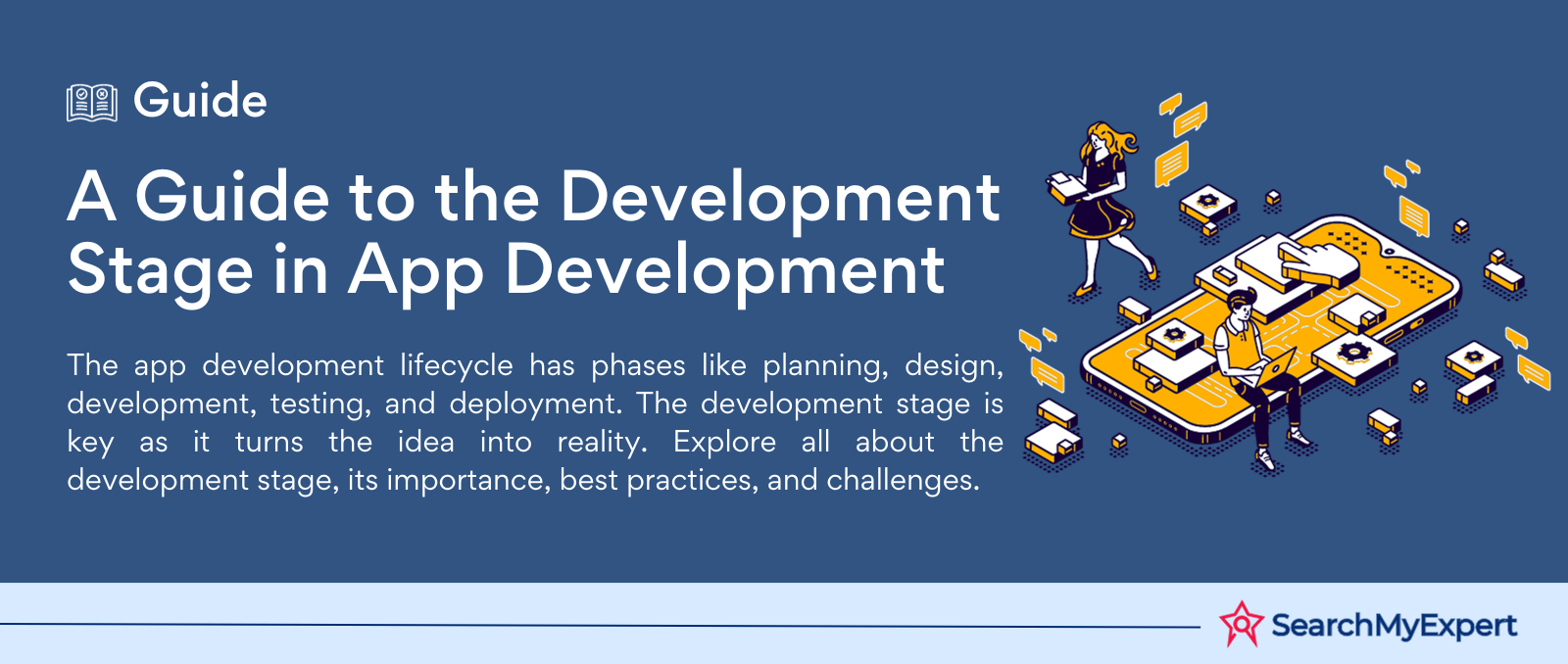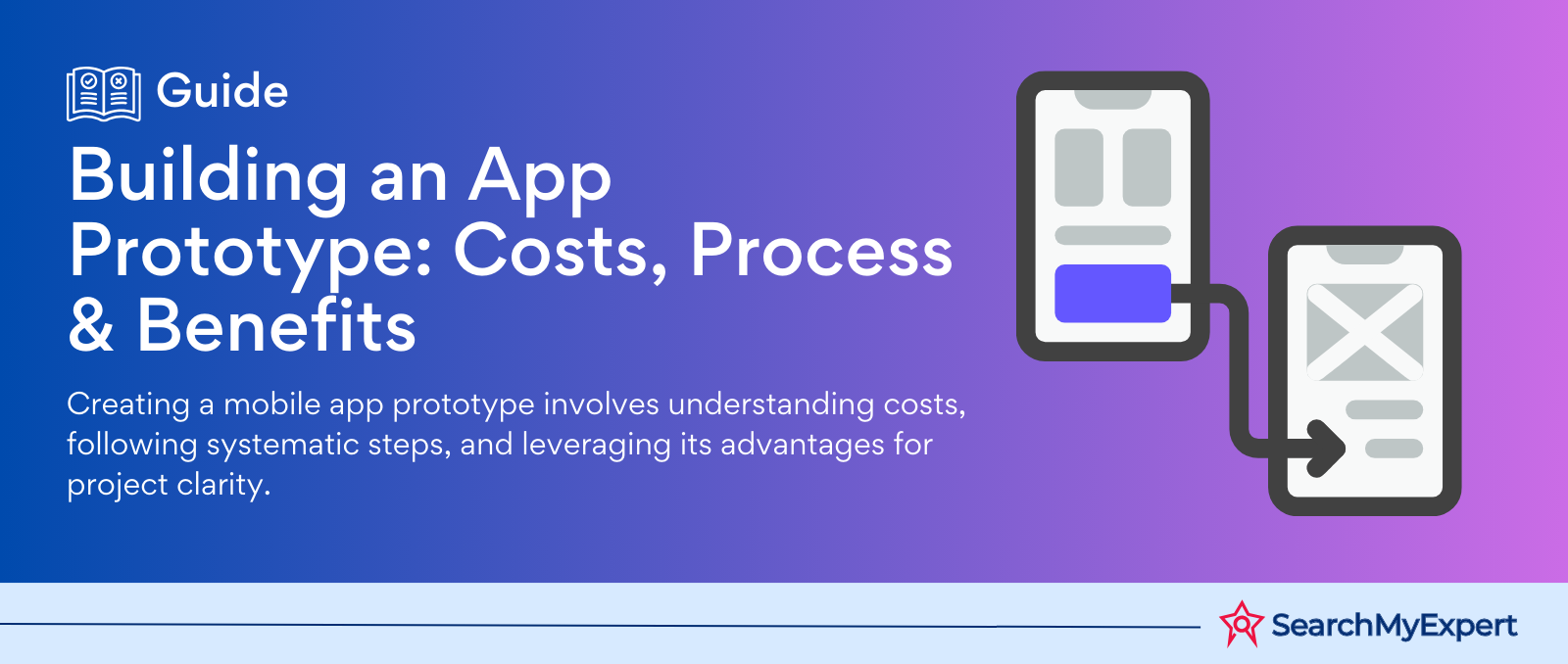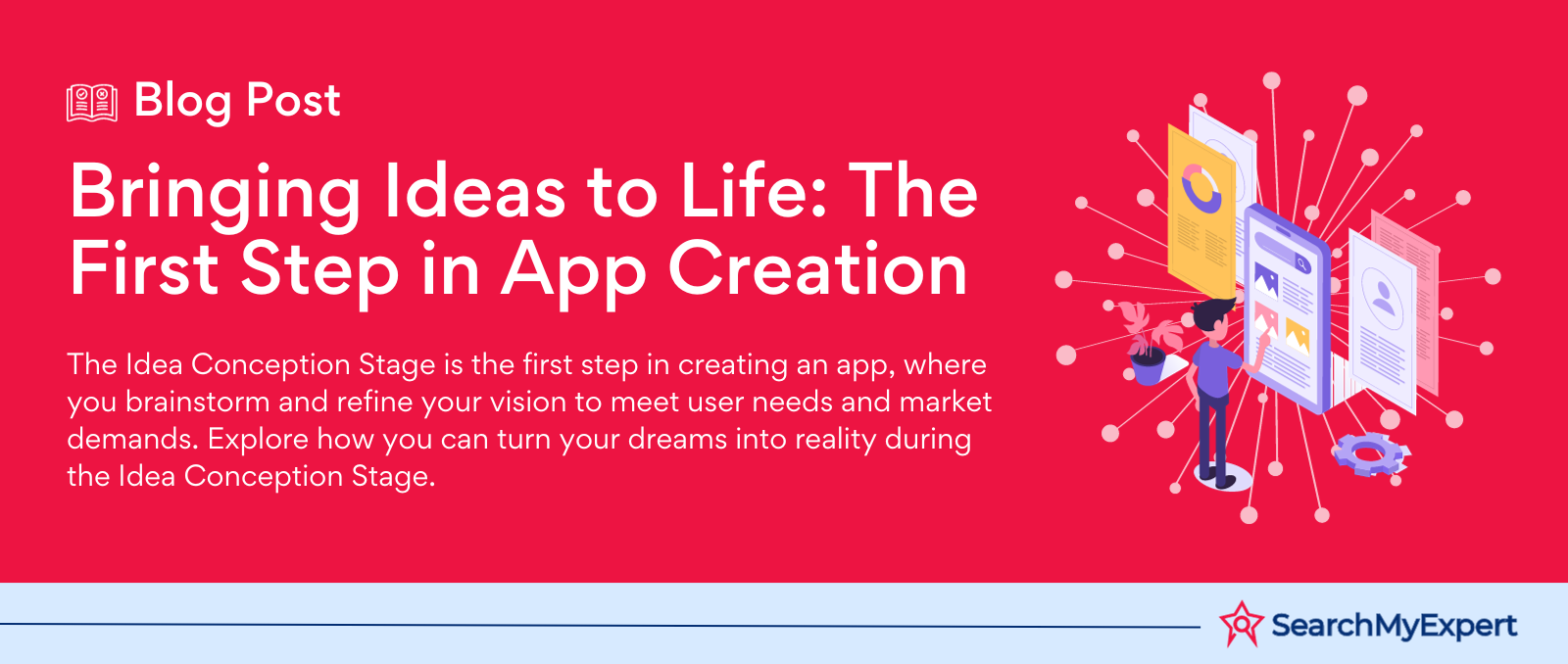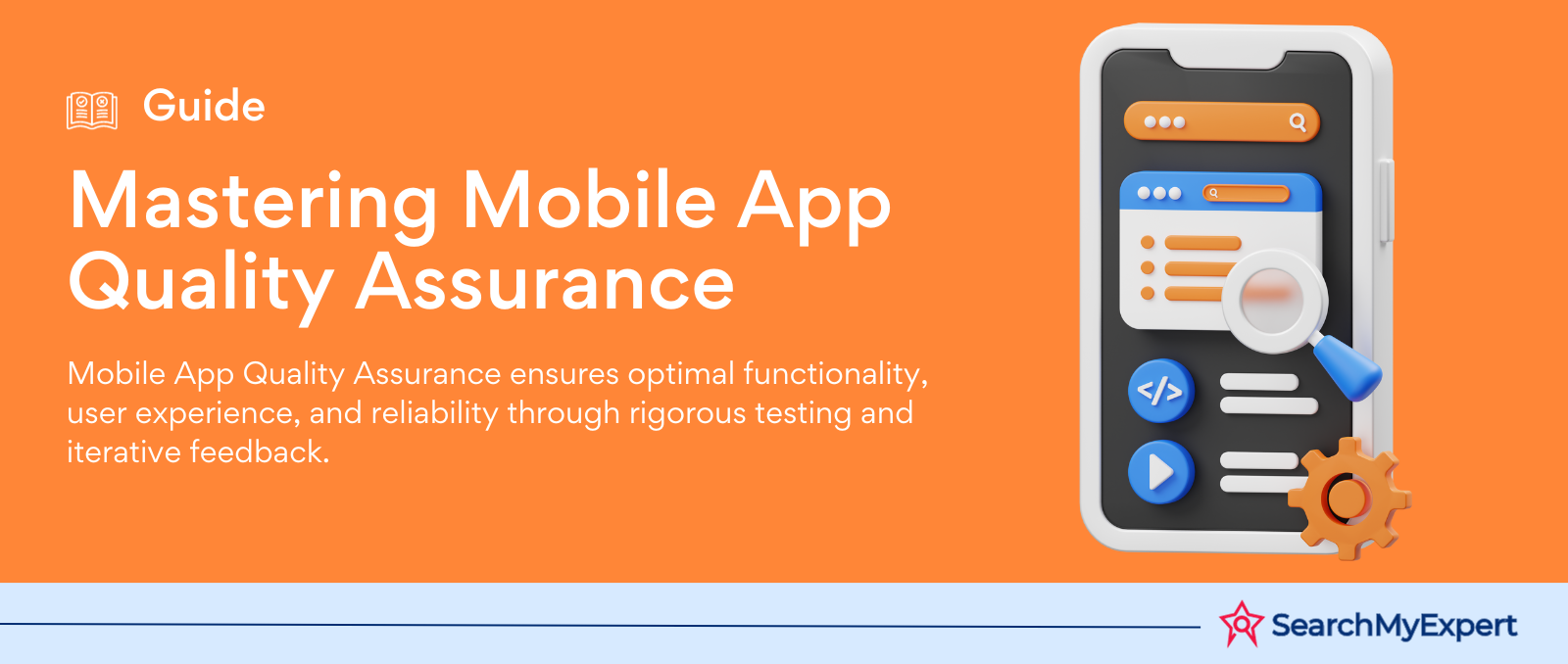How to Publish Your App on Google Play Store

Congratulations on developing your mobile app! Now, it's time to introduce it to the world. The Google Play Store is the go-to platform for Android apps, boasting billions of downloads every month. But how do you get your app on there? Don't worry; we've got you covered. Let's walk you through the process step by step.
1. Prepare Your App for Submission
Before you even think about submitting, ensure your app is in tip-top shape:
- Test Thoroughly: Make sure there are no bugs or glitches. Use different devices and screen sizes for a comprehensive test.
- Optimize Performance: Ensure your app runs smoothly, without any lags or crashes.
- Polish the UI/UX: A user-friendly interface can make all the difference in user retention.
2. Create a Google Play Developer Account
To submit your app, you'll need a Google Play Developer account. There's a one-time fee, but it's a small price to pay for the vast audience you'll reach.
- Sign Up: Use your Google account to sign up here.
- Pay the Registration Fee: As of now, it's $25. Prices can change, so check the latest on the official site.
- Complete Your Account Details: Fill in the necessary information, including country and developer name.
3. List Your App
Once you're set up, it's time to list your app:
- Go to the Dashboard: Click on 'Create Application' and select the default language.
- Enter App Details: Fill in the title, description, and other relevant details. This is what users will see, so make it catchy!
4. Prepare Store Listing
This is where you'll add all the juicy details:
- Graphics: Upload screenshots, logos, and promotional graphics. Remember, visuals can attract potential users!
- App Details: Write a compelling description, highlighting key features and benefits.
- Categorize: Choose the right category and tags for your app to ensure it reaches the right audience.
5. Set the Price
Decide whether your app will be free or paid. If it's the latter, set a competitive price. Remember, you can also monetize through in-app purchases or ads.
6. Select Distribution Countries
Choose the countries where you want your app to be available. Think about your target audience and where they're located.
7. Content Rating
Fill out a questionnaire about your app's content to get a rating. This ensures users are aware of the content they're downloading.
8. Set Up Privacy Policy
If your app collects user data, you'll need a privacy policy. Make sure it's clear and transparent.
9. Upload APK Files
Now, it's time for the technical bit. Upload the APK files for your app. This is the actual app that users will download and install.
10. Review and Publish
Before hitting that 'Publish' button, review everything. Once you're sure, go ahead and publish. Your app will be reviewed by Google, and if everything's in order, it'll be live on the Play Store!
11. Monitor Your App's Performance
Once your app is live, it's crucial to keep an eye on its performance. The Google Play Console provides a wealth of data to help you understand how your app is doing.
- User Reviews: Regularly check user reviews and ratings. Feedback can offer invaluable insights into areas of improvement or potential bugs.
- Download Stats: Monitor the number of downloads. A sudden spike or drop can indicate external factors affecting your app's visibility or appeal.
- Engagement Metrics: Look at user retention, session lengths, and active users. These metrics can help you gauge the app's overall user experience.
12. Regularly Update Your App
Keeping your app updated is essential for several reasons:
- Bug Fixes: No matter how thoroughly you test, there will always be unforeseen bugs. Regular updates can address these.
- New Features: Keep your users engaged by regularly adding new features or improving existing ones.
- Stay Current: With the ever-evolving tech landscape, ensure your app remains compatible with the latest OS versions and devices.
13. Engage with Your Community
Building a community around your app can significantly boost its success.
- Respond to Reviews: Engage with users who leave feedback. A simple 'thank you' for positive reviews or addressing concerns in negative reviews can make users feel valued.
- Promotions and Offers: Run occasional promotions or offer limited-time features to keep users interested.
- Social Media Presence: Create social media profiles for your app. Share updates, run contests, and engage with your audience.
14. Optimize for Search
Just like websites, apps need to be optimized for search within the Play Store.
- Keyword Research: Identify keywords relevant to your app and incorporate them into your title and description.
- High-Quality Images: Ensure your app's images, icons, and screenshots are of high quality and relevant.
- Backlinks: Encourage tech blogs or influencers to review your app and link back to your Play Store page.
15. Gather Feedback for Continuous Improvement
Always be in the loop about what your users want.
- Surveys: Occasionally run surveys to gather direct feedback.
- Beta Testing:
Before rolling out major updates, consider a beta release to a smaller audience to gather preliminary feedback.

Wrapping it up, the journey of mobile app development is exciting, challenging, and rewarding. By conducting thorough market research and continuously adapting to user feedback and market changes, you pave the way for your app's success. Remember, it's not just about creating an app; it's about creating an experience that resonates with users. So, keep your ears to the ground, stay passionate, and happy developing!
From Vision to Victory with these App Developers.
share this page if you liked it 😊
Other Related Blogs

Mastering Docker for App Development: A Comprehensive Guide to Benefits, Use-Cases, and Alternatives
STAY UP TO DATE
GET PATH'S LATEST
Receive bi-weekly updates from the SME, and get a heads up on upcoming events.
Contact Us




